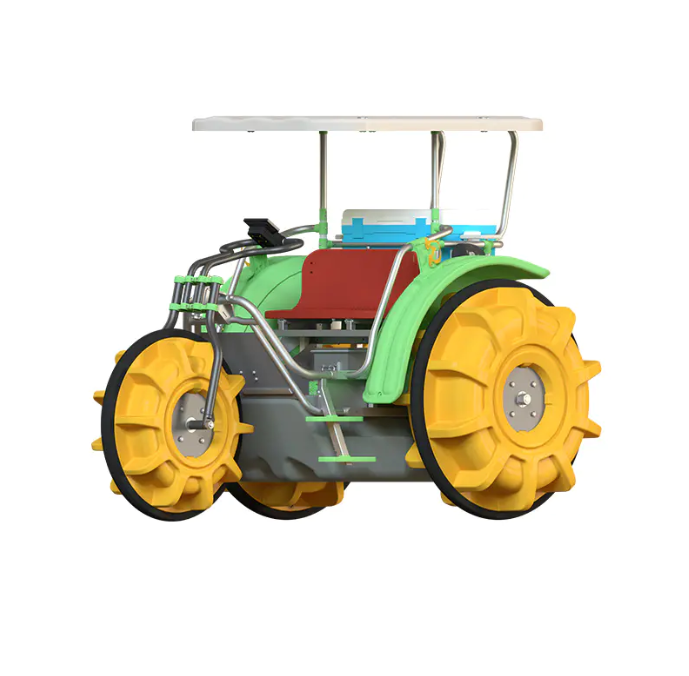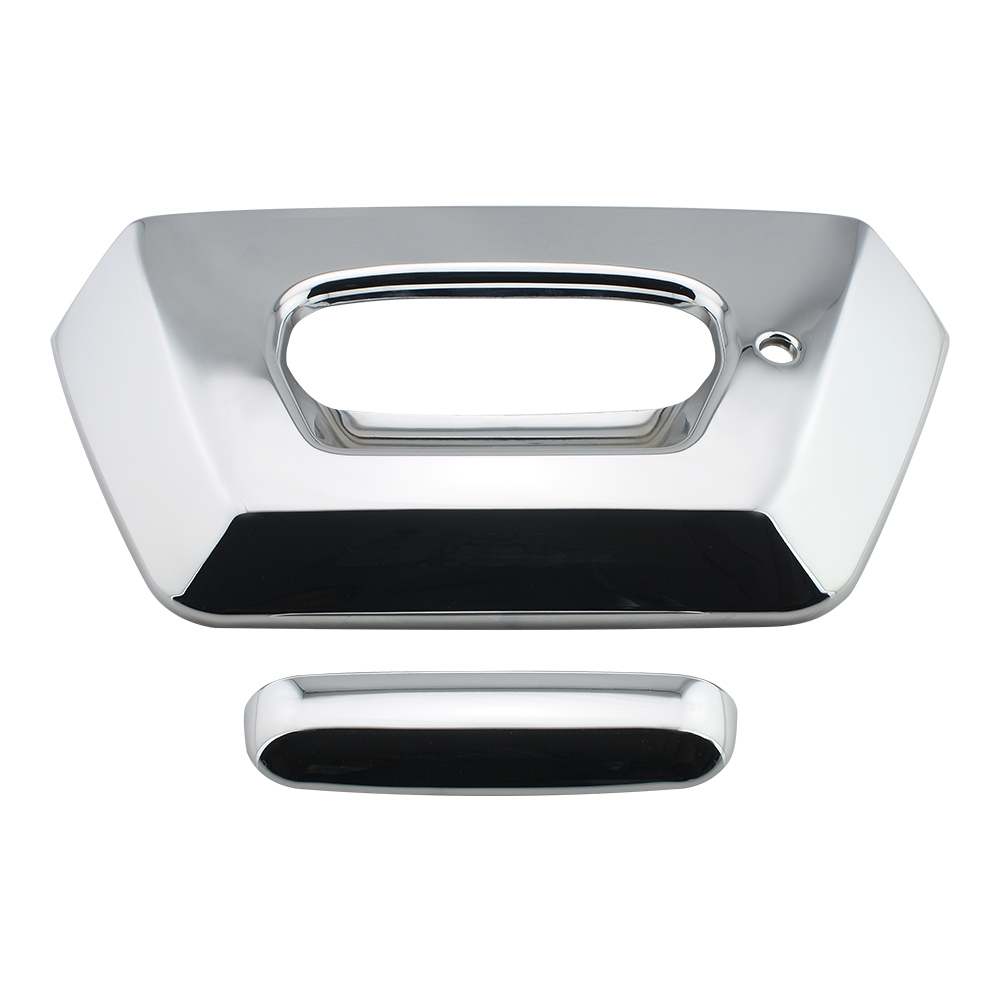Check valves
Diagnosing Reverse Flow Issues: A Maintenance Guide for Check Valves
Check valves are critical components in fluid systems, designed to allow flow in one direction while preventing backflow that could damage equipment, contaminate processes, or reduce system efficiency. However, like all mechanical devices, check valves can fail—often without immediate visual signs—leading to reverse flow issues that can compromise an entire operation.
This comprehensive maintenance guide will help you understand the causes, detection methods, and solutions for reverse flow problems in check valves. Whether you manage water systems, industrial pipelines, or hydraulic equipment, learning how to properly diagnose and maintain your Check Valve system can prevent costly downtime and ensure long-term reliability.
Understanding the Role of a Check Valve
A check valve, also known as a non-return valve (NRV), is a type of valve that permits fluid—whether liquid or gas—to flow in only one direction. Its key purpose is to prevent backflow, ensuring that the system remains pressurized in the proper direction.
How a Check Valve Works
The operation is simple yet vital:
-
When pressure on the inlet side exceeds the outlet side, the valve opens, allowing flow.
-
When outlet pressure rises above inlet pressure (as in a reverse flow situation), the valve closes automatically.
This design helps protect pumps, compressors, and pipelines from potential damage caused by reverse pressure or contamination.
Common types of check valves include:
-
Swing Check Valves – Feature a hinged disc that swings open and closed.
-
Ball Check Valves – Use a ball that moves freely to seal against a seat.
-
Piston Check Valves – Use a spring-loaded piston for more controlled closure.
-
Dual Plate Check Valves – Employ two spring-loaded plates for efficient sealing.
Common Causes of Reverse Flow in Check Valves
Reverse flow issues usually arise from mechanical failure, improper installation, or system imbalances. Understanding these causes is essential to effective maintenance.
1. Wear and Tear
Over time, internal parts such as the seat, disc, or spring wear out due to continuous operation. A worn seat may not seal properly, allowing fluid to leak back through the valve.
2. Debris and Contamination
Particles in the fluid can become lodged in the valve seat, preventing full closure. This is common in systems with inadequate filtration or dirty process media.
3. Incorrect Valve Sizing
If the check valve is too large for the system’s flow rate, it may not fully open or close, leading to “chattering” and premature failure. Undersized valves can restrict flow and cause excessive pressure drop.
4. Improper Installation
Incorrect orientation, reverse installation, or lack of sufficient upstream/downstream piping can cause malfunction. A check valve must always be installed in the direction of flow indicated by the arrow on its body.
5. Fluid Pressure Fluctuations
Sudden pressure drops or surges can lead to reverse flow before the valve has time to close. This is particularly common in systems with frequent pump cycling.
6. Spring Failure (in Spring-Loaded Valves)
Springs weaken over time or break, preventing the valve from closing completely. Regular inspection of spring tension is crucial in maintaining performance.
Symptoms of Reverse Flow Problems
Recognizing the early signs of reverse flow can prevent major breakdowns. Look for the following symptoms:
-
Unexpected pressure drops in the downstream system
-
Backflow alarms triggering on monitoring equipment
-
Unusual noises such as hammering, chattering, or pulsating sounds
-
Reverse spinning of flow meters or pumps when the system is off
-
Visible fluid leakage at the valve outlet during shutdown
-
Reduced system efficiency, often seen as lower output or inconsistent flow
If any of these symptoms occur, immediate diagnostic testing should be performed to confirm the source of the reverse flow.
Diagnosing Reverse Flow Issues in Check Valves
Effective diagnosis involves both visual inspection and performance testing. Below is a step-by-step approach used by professional maintenance teams.
1. Visual and Physical Inspection
Start by isolating the system and safely removing the check valve for inspection.
-
Check for corrosion, cracks, or visible wear on the valve body and disc.
-
Inspect the seat for signs of pitting or debris.
-
Ensure the spring (if applicable) has proper tension.
-
Verify that the disc or ball moves freely without sticking.
2. Pressure Testing
Conduct a hydrostatic or air pressure test to verify sealing integrity. Apply pressure in the reverse direction and monitor for leakage.
-
Even a small pressure drop over time indicates a leak path.
-
Use manufacturer-recommended pressure limits to avoid damaging the valve during testing.
3. Flow Testing
Measure flow rates upstream and downstream using calibrated flow meters.
-
If the downstream flow persists when the system should be static, reverse flow is likely occurring.
-
Compare readings to baseline data for accuracy.
4. Acoustic or Ultrasonic Testing
Advanced diagnostics often employ ultrasonic sensors to detect internal valve movement and flow direction. This method helps identify minor leaks without system disassembly.
5. Vibration and Sound Analysis
Abnormal vibrations or rattling can indicate disc fluttering or partial closure. These conditions can quickly lead to check valve fatigue and should be corrected immediately.
Maintenance Procedures to Prevent Reverse Flow
Preventive maintenance is the best way to avoid reverse flow issues. A structured program should include:
1. Regular Cleaning
Keep valve internals free of dirt, sediment, and scale. Periodic flushing of the pipeline and cleaning the valve seat will ensure proper closure.
2. Lubrication
Where applicable, lubricate moving parts to prevent sticking. Use lubricants compatible with your system’s fluid type and temperature range.
3. Scheduled Inspections
Set inspection intervals based on operating conditions. High-cycle systems may need monthly checks, while low-use systems can be inspected quarterly.
4. Replacement of Worn Parts
Always use OEM parts when replacing discs, seats, or springs. Substandard components can lead to premature failure.
5. Verify Installation Orientation
Ensure the check valve arrow points in the correct flow direction. Recheck after system maintenance or pipeline modifications.
6. Monitor Operating Conditions
Install pressure gauges or flow sensors near the check valve. These can provide early warning of pressure drops or reverse flow events.
Best Practices for Long-Term Check Valve Reliability
1. Choose the Right Type of Check Valve
Match valve type to system needs:
-
Use spring-loaded valves for rapid-closure systems.
-
Swing check valves for large, low-velocity flows.
-
Dual plate valves for compact, energy-efficient installations.
2. Ensure Proper System Design
Maintain straight pipe runs upstream and downstream—typically five to ten pipe diameters—to promote laminar flow and accurate closure.
3. Avoid Water Hammer
Install dampeners or slow-closing valves in systems prone to pressure surges. Water hammer can severely damage check valves and cause reverse flow.
4. Keep Maintenance Logs
Document every inspection, repair, and test. Tracking performance trends helps predict when maintenance or replacement is due.
5. Train Maintenance Personnel
Operators should understand how different types of check valves function and how to recognize early signs of failure.
Troubleshooting Quick Reference
|
Issue |
Possible Cause |
Recommended Action |
|
Reverse flow during shutdown |
Damaged seat or debris lodged |
Clean valve, inspect and replace seat if necessary |
|
Valve chattering |
Oversized valve or fluctuating pressure |
Re-evaluate valve sizing and system balance |
|
Leakage under pressure |
Worn disc or spring fatigue |
Replace disc/spring assembly |
|
No flow despite open valve |
Blockage or stuck disc |
Disassemble and clean valve internals |
|
Frequent water hammer |
Slow-closing valve or high backpressure |
Install dampener or faster-closing valve |
When to Replace a Check Valve
Even with proper maintenance, check valves have a finite service life. Consider replacement when:
-
The valve fails repeated pressure tests
-
There is significant corrosion or body pitting
-
The disc or seat wear exceeds manufacturer tolerances
-
The valve causes repeated system inefficiency
Investing in a quality replacement valve can save far more in downtime and repair costs than attempting to extend the life of a failing one.
Conclusion
Diagnosing and preventing reverse flow issues in check valves requires a combination of technical knowledge, consistent maintenance, and proper system design. By understanding how these valves operate, recognizing the warning signs of failure, and applying the right diagnostic techniques, you can significantly extend the lifespan of your equipment and maintain system reliability.
A well-maintained check valve ensures one-way flow, protects critical machinery, and preserves overall operational safety. Regular inspections, accurate testing, and adherence to manufacturer guidelines are the cornerstones of a robust maintenance strategy—helping you avoid costly downtime and ensuring smooth performance for years to come.





